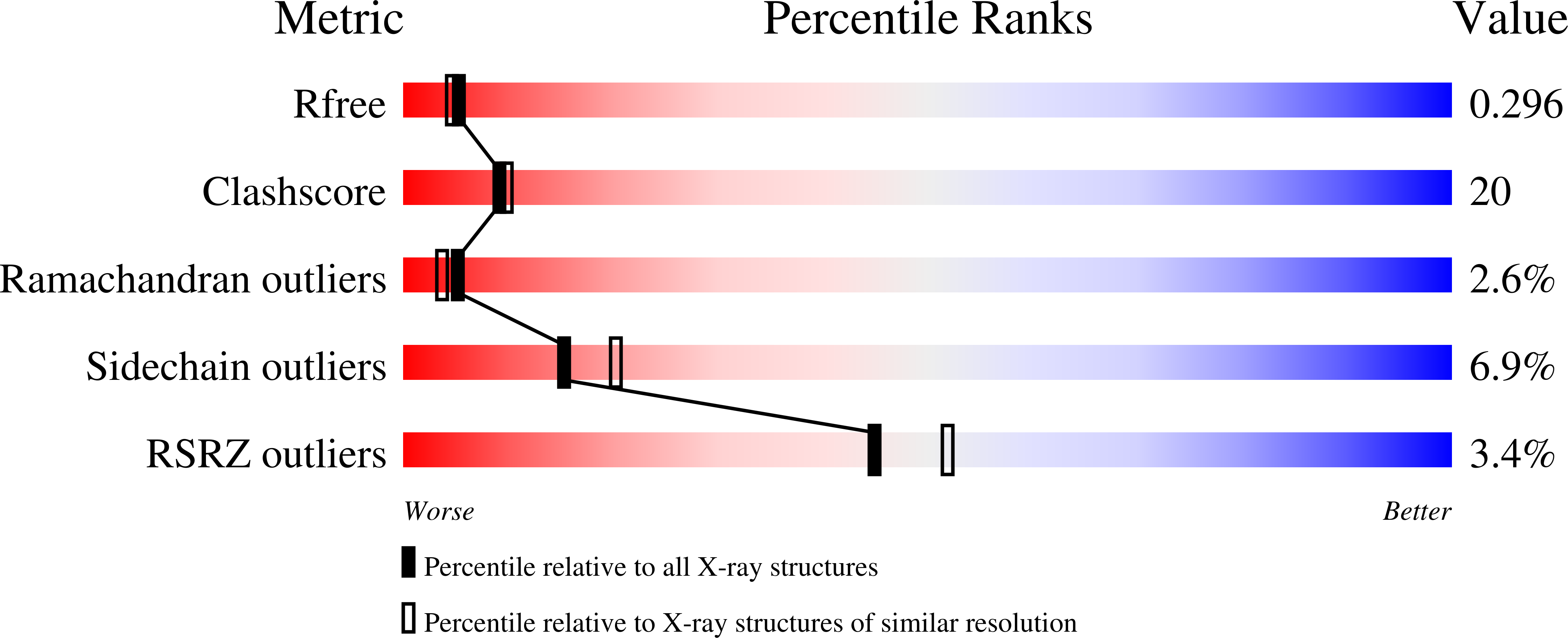
Deposition Date
2003-06-26
Release Date
2004-11-30
Last Version Date
2024-02-14
Entry Detail
PDB ID:
1PV1
Keywords:
Title:
Crystal Structure Analysis of Yeast Hypothetical Protein: YJG8_YEAST
Biological Source:
Source Organism:
Saccharomyces cerevisiae (Taxon ID: 4932)
Host Organism:
Method Details:
Experimental Method:
Resolution:
2.30 Å
R-Value Free:
0.29
R-Value Work:
0.25
Space Group:
P 21 21 21


